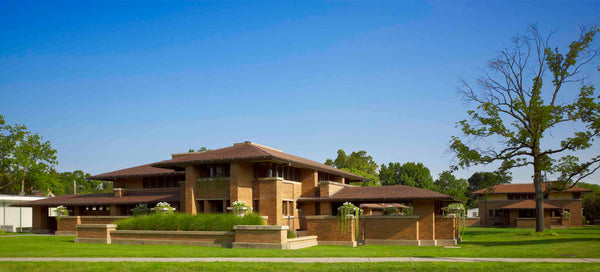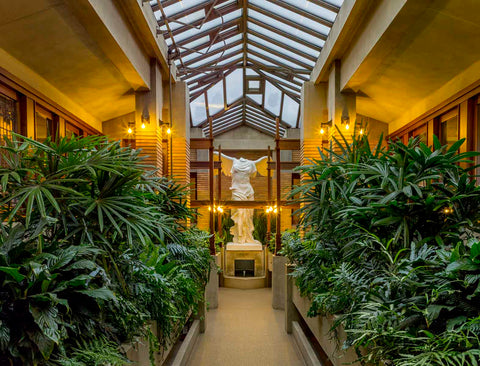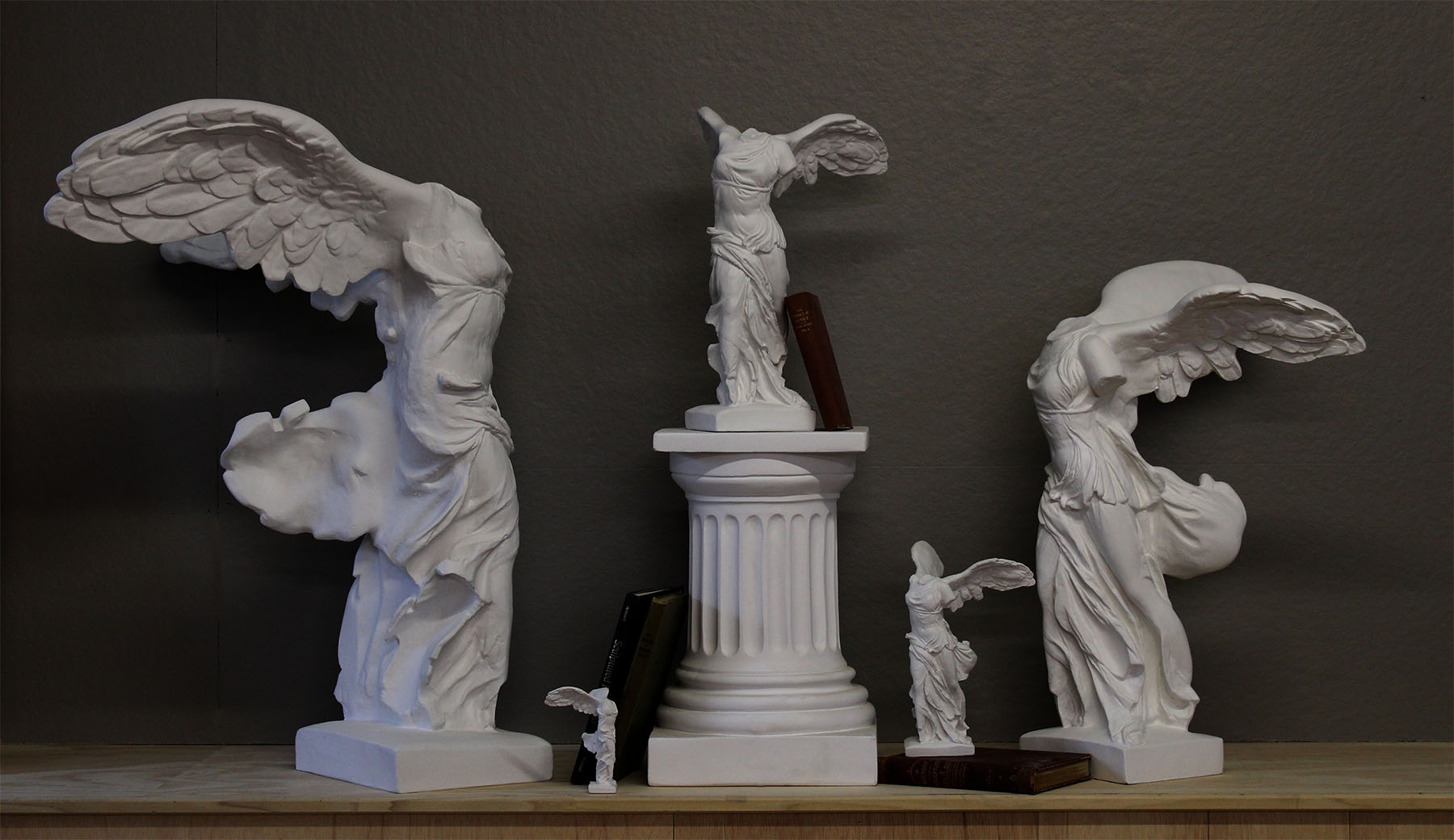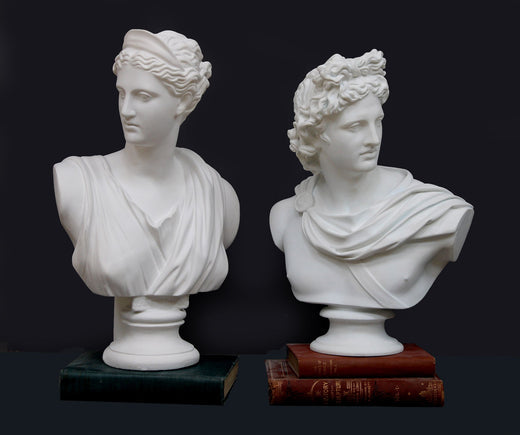
Frank Lloyd Wright, June 8, 1867 - April 9, 1959
Our company has a long history with famed American architect Frank Lloyd Wright, and it’s a partnership based on preserving both architecture and sculpture.
Wright made over 1,000 architectural designs in his lifetime and 532 were realized. He felt that Americans should stop imitating European architecture and instead create a style that complemented the country’s landscape and ideals. His goal became to design the quintessential “American” home, which would unify a building with its surrounding nature, inhabitants, and interior furnishings. He achieved this goal and more, and as the Frank Lloyd Wright Foundation puts it, “he changed the way we build and live.”

Wright’s Martin House Complex, located in Buffalo, NY and a National Historic Landmark, was designed and constructed between 1903 and 1907 as a home for a wealthy businessman and his family. This “Prairie” house - a style developed by Wright - was composed of five buildings, including a conservatory. Here, Wright included a full-size plaster reproduction of the ancient Greek sculpture known as the Victory of Samothrace. Wright often featured reproductions of this figure, as well as the Venus de Melo (or Milo) and Michelangelo’s David, in his architecture. Wright enlisted the help of our predecessors, P.P. Caproni and Brother, for many of these plaster casts.

In 2006, the Complex contacted us because their antique Caproni cast of Victory was no longer extant, and they wished to replace it. Prior to its disposal, the plaster cast had deteriorated from the humidity in the conservatory over the course of several decades. The conservatory, as well as two other buildings, were demolished in 1962, but thankfully, the Martin House Restoration Corporation formed in 1992, and it began a long-term restoration in 1997. Since 2004, the organization had been reconstructing the three buildings, and by 2006 they were looking towards the finishing touches.
We, under the name the Giust Gallery at this time, were delighted to help with the project. Co-owner, sculptor, and plaster cast expert Robert Shure studied the antique Caproni casts of the Victory reductions in our collection and determined that the 39” high reduction was our most accurate copy. To enlarge the piece to the size of the original sculpture, Robert decided to employ 3D laser scanning. 3D laser scanning is the most accurate method of producing enlargements and reductions, and at the time, it was becoming more available and more affordable. We collaborated with California-based Daniels Engraving Co Inc. to have our 39” high reduction laser scanned and realized in the form of a high-density foam enlargement. Once the high-quality foam was at our workshop, we skimmed it with clay and worked the surface to match the texture of the original.

Next, we fabricated a mold of the clay model and proceeded to create a cast in resin for the museum. The wings and the extending piece of drapery in the back were cast separately, and we assembled the sections via internal joints. We finished the reproduction in the color that we and the museum deemed closest to that of the former Martin House plaster cast. In 2007, the larger-than-life cast was transported to Buffalo in the four pieces and installed in the conservatory.
The conservatory was finally returned to the state in which Wright had intended it. You can visit the Martin House Complex today and see Victory in all her glory.

Frank Lloyd Wright’s creation has been saved, and we are honored to have played a role by adding a touch of art to this historic building. The Martin House Restoration Corporation is currently working on the final phase of restoring the home’s landscape to its 1907 appearance, which is slated to be completed this spring. Be sure to explore the Martin House Complex’s website and even plan a visit!
Best,
Kayla Fletcher
Curator
Want content like this delivered to your inbox? Sign up for our newsletter!


Comments
Hello Eugene,
Thank you for your interest in our collection, and it’s great to hear you’ve been to the Martin House Complex. The Victory reproduction was a very exciting project for us.
Best,
Kayla Fletcher
Curator, Caproni Collection
As they say on the Antiques Road Show.
“Wow”.
I have been to the house when I had a project in the area but it was several years ago. It is very good to see you continue to. make progress in your well done restoration.
Please keep me informed of this worthy mission.
Thank you.
E. Eugene Young , Architect, AIA, NCARB